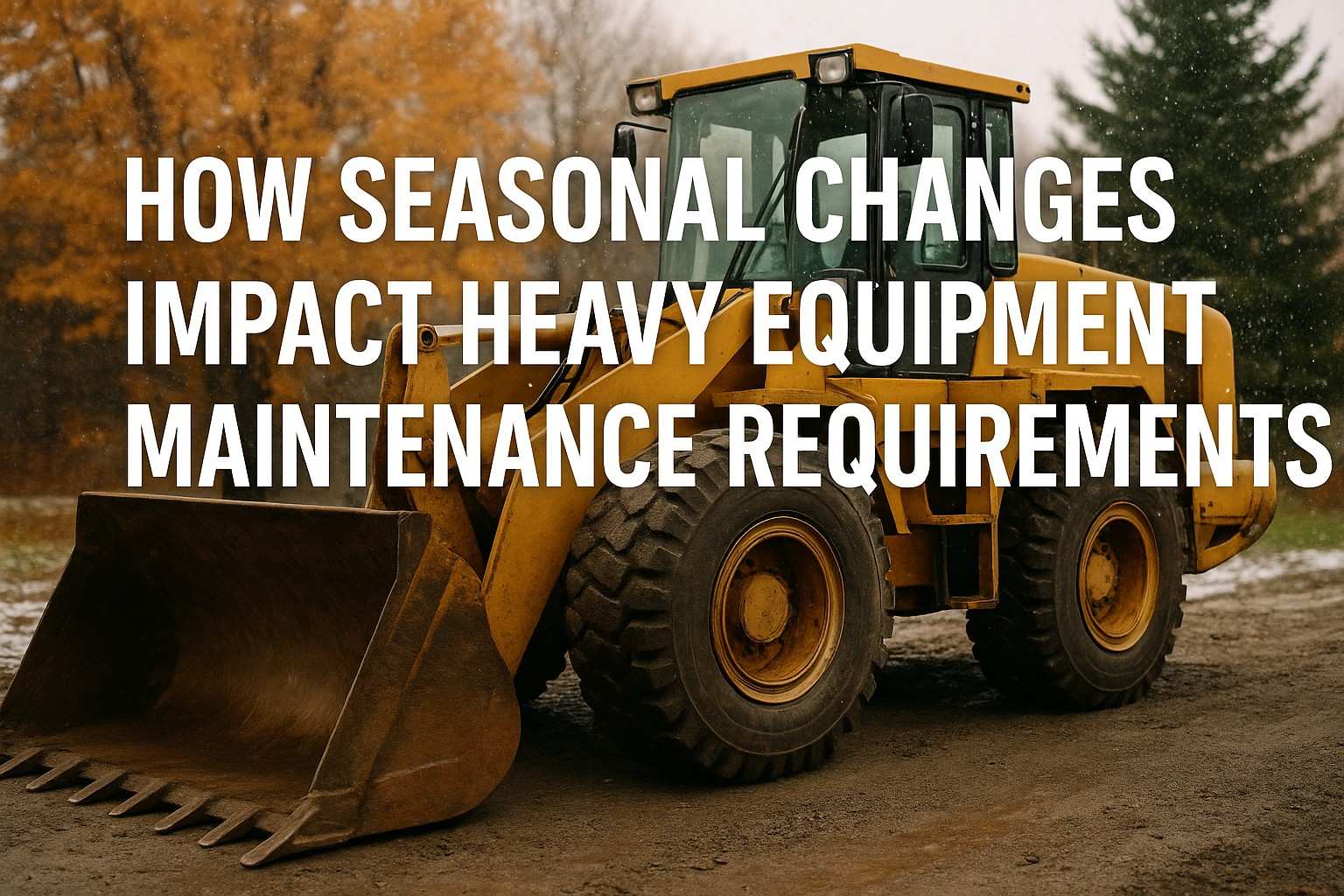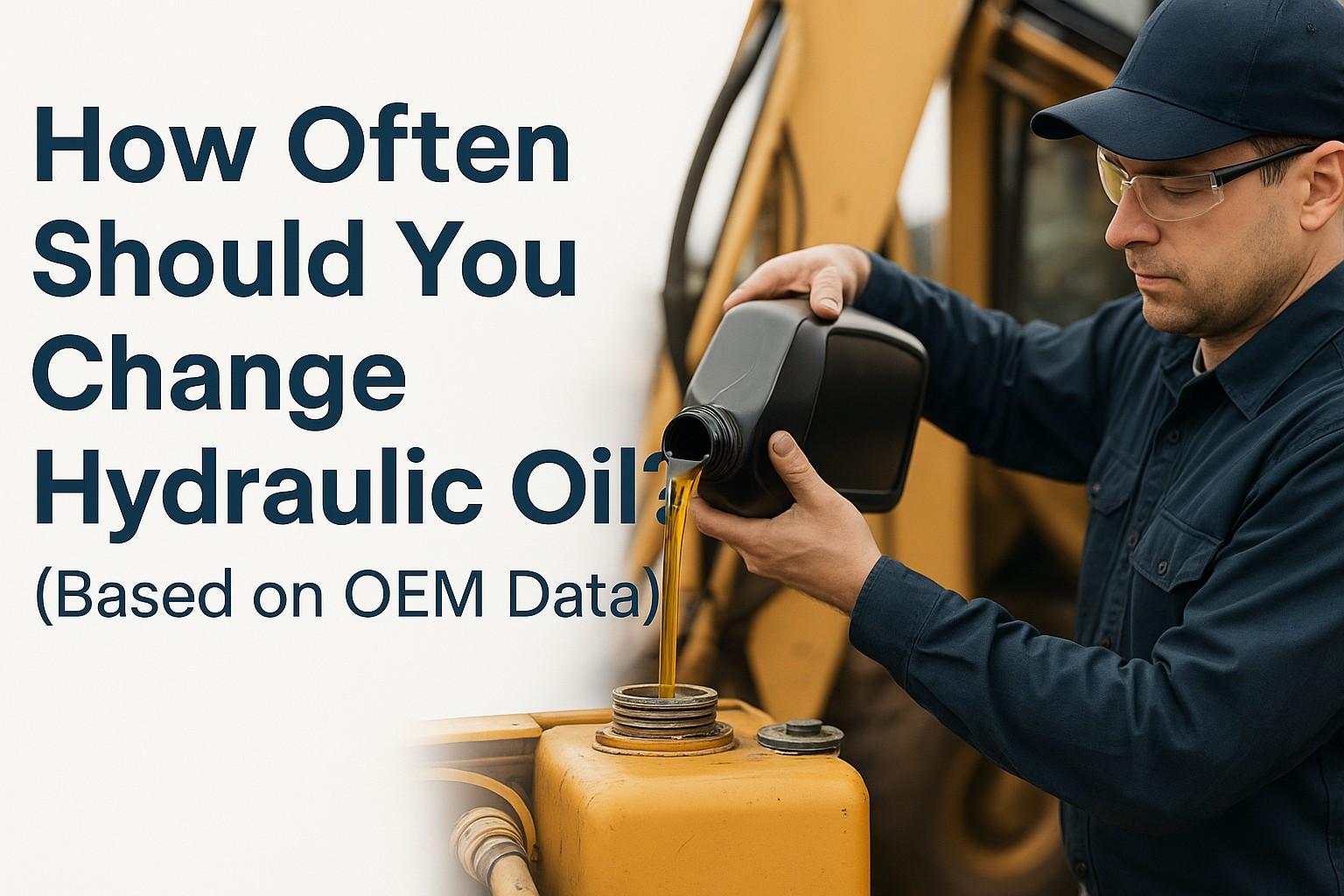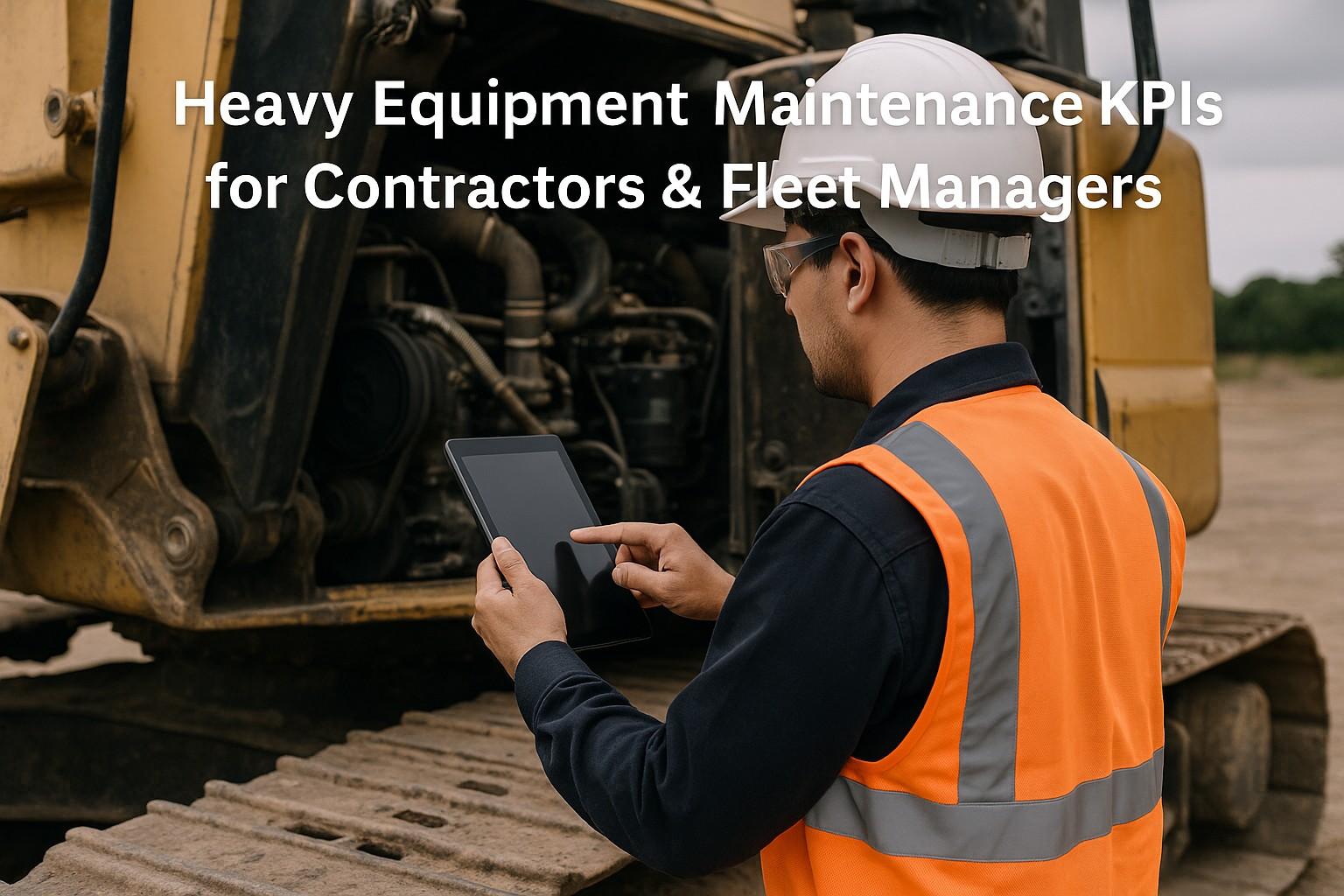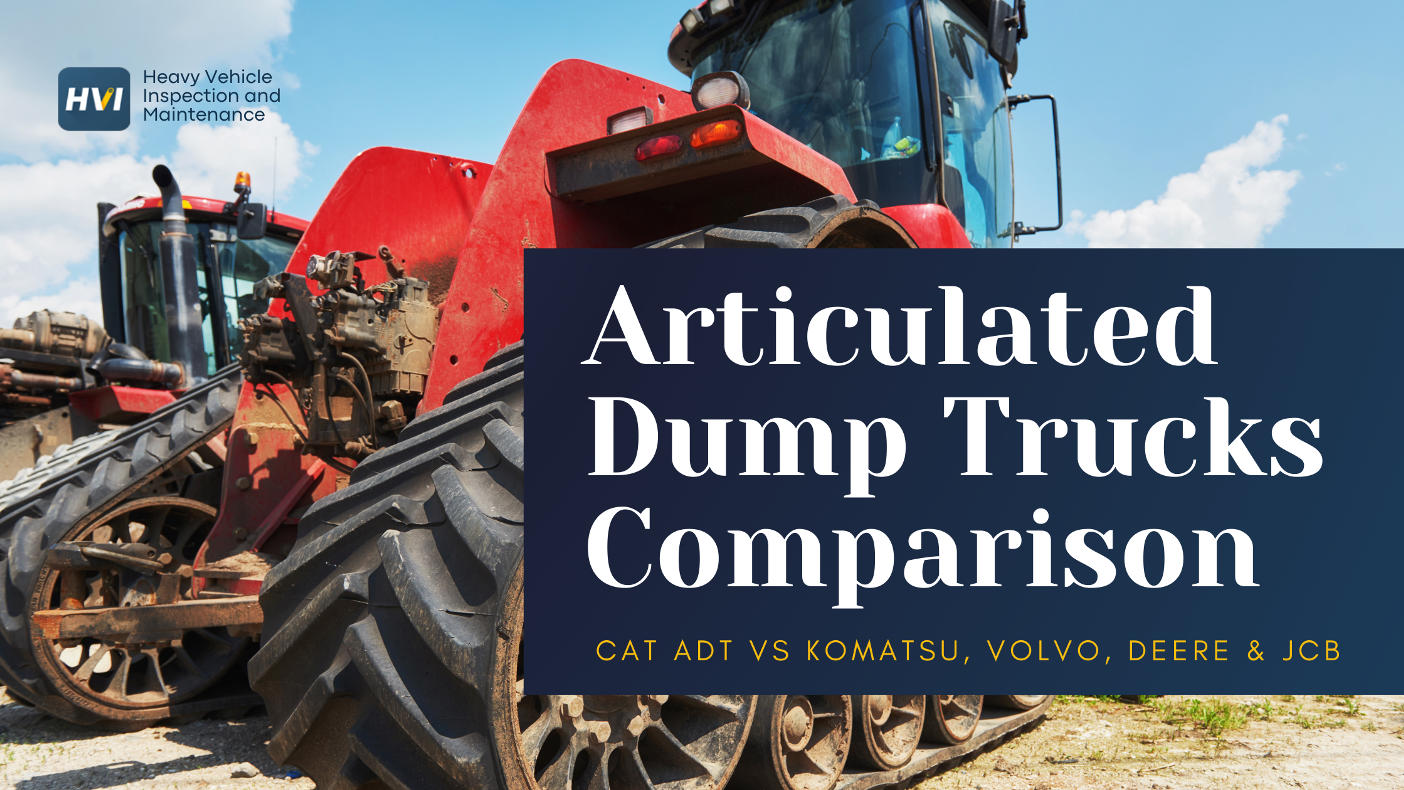Modern construction vehicles generate over 25,000 data points daily, yet 82% of American fleet operators utilize less than 15% of this valuable information for fuel cost optimization. With fuel representing 35-45% of total operating costs for heavy equipment fleets, the untapped potential of vehicle data hubs creates massive opportunities for cost reduction. Industry analysis reveals that construction companies leveraging comprehensive vehicle data analytics achieve $50,000+ annual fuel savings per machine while improving operational efficiency by 40-60%.
This comprehensive guide demonstrates how transforming vehicles into intelligent data hubs through integrated telematics and fuel sensor systems unlocks unprecedented cost savings and operational insights. By converting raw vehicle data into actionable intelligence, construction fleets eliminate 65% of fuel waste, reduce operating costs by $35-75K per machine annually, and gain competitive advantages through data-driven decision making that optimizes every aspect of equipment performance and fuel consumption.
Vehicle Data Hub Impact on Fleet Performance
25,000
Daily Data Points Per Vehicle
$50K+
Annual Fuel Savings Potential
65%
Fuel Waste Elimination
60%
Efficiency Improvement
Ready to Transform Your Vehicles into Intelligent Data Hubs?
Discover proven vehicle data analytics solutions that unlock massive fuel savings and operational efficiency.
Getting Started
The Data Revolution: Understanding Your Vehicle's Hidden Intelligence
Modern construction equipment operates as sophisticated data generation platforms, continuously monitoring engine performance, hydraulic systems, fuel consumption patterns, and operational behaviors. Every sensor, control system, and monitoring device contributes to a comprehensive data ecosystem that provides unprecedented insights into equipment efficiency, fuel optimization opportunities, and cost reduction potential. However, most fleet operators capture only basic operational data while missing the advanced analytics that drive significant cost savings.
1. Engine Performance Analytics (Potential Savings: $18,000 per machine annually)
Real-time engine data reveals fuel efficiency patterns, load optimization opportunities, and maintenance needs that directly impact fuel consumption. Advanced analytics identify engine inefficiencies that waste 15-25% of fuel, enabling targeted interventions that improve efficiency and reduce operating costs significantly.
2. Hydraulic System Optimization (Potential Savings: $12,000 per machine annually)
Hydraulic performance data provides insights into system efficiency, pressure optimization, and operational patterns that affect fuel consumption. Data analysis reveals hydraulic inefficiencies responsible for 10-18% excess fuel consumption, enabling system tuning and operational adjustments that improve performance.
3. Operator Behavior Analysis (Potential Savings: $15,000 per machine annually)
Comprehensive operator data tracking reveals driving patterns, idling behaviors, and operational techniques that significantly impact fuel efficiency. Analytics identify operator behaviors responsible for 20-30% fuel consumption variations, enabling targeted training and incentive programs.
4. Predictive Maintenance Intelligence (Potential Savings: $22,000 per machine annually)
Vehicle data analytics predict maintenance needs before efficiency degradation occurs, preventing the 15-35% fuel consumption increases associated with poorly maintained equipment. Predictive insights enable optimized maintenance scheduling that maintains peak fuel efficiency throughout equipment lifecycles.
Critical Data Utilization Gap:
Vehicle data hub opportunities affect 85% of American construction fleets that generate massive amounts of operational data but lack analytics systems to convert information into actionable fuel savings. Without comprehensive data integration, operators miss 70% of efficiency optimization opportunities and waste $35-75K annually per machine through suboptimal operations and reactive maintenance approaches.
Essential Technologies: Building Your Vehicle Data Hub Infrastructure
Effective vehicle data hubs require integration of multiple monitoring technologies, analytics platforms, and communication systems that work together to provide comprehensive operational intelligence. The most successful implementations combine IoT sensors, telematics systems, and advanced analytics platforms to create unified data ecosystems that deliver actionable insights for fuel optimization and cost reduction.
Cloud-based data processing platforms enable real-time analysis of vehicle performance while providing predictive insights that optimize fuel consumption and operational efficiency. This connectivity transforms individual vehicles into intelligent fleet management nodes that contribute to comprehensive operational optimization strategies.
Core Vehicle Data Hub Technologies:
-
✓
Advanced Telematics Systems providing GPS tracking, engine diagnostics, fuel monitoring, and operational behavior analysis
-
✓
Integrated Fuel Sensor Networks delivering real-time consumption data, theft detection, and efficiency monitoring capabilities
-
✓
IoT Sensor Integration enabling comprehensive equipment monitoring including temperature, pressure, vibration, and performance metrics
-
✓
Machine Learning Analytics Platforms processing vehicle data to identify patterns, predict maintenance needs, and optimize performance
-
✓
Real-Time Dashboard Systems providing instant visibility into fleet performance, fuel efficiency trends, and cost optimization opportunities
-
✓
Mobile Integration Technology enabling field access to vehicle data, performance alerts, and optimization recommendations
Implementation Strategy: Five-Phase Vehicle Data Hub Deployment
Successful vehicle data hub implementation requires systematic deployment that maximizes immediate benefits while building foundation for comprehensive fleet optimization. The recommended approach spans 6-12 months with priority given to high-fuel-consumption equipment and critical operational assets to demonstrate immediate value and ROI.
Investment in vehicle data hub technologies provides immediate fuel savings while establishing platform for long-term operational excellence. The total cost of ownership calculations strongly favor early adoption, with payback periods typically ranging from 10-14 months through fuel savings, efficiency improvements, and maintenance optimization.
Phase 1: Foundation Assessment and Basic Monitoring (Months 1-2):
-
✓
Install basic telematics systems with $4,500-6,500 investment per machine for core data collection
-
✓
Deploy fuel sensor integration using $3,000-4,500 investment in monitoring hardware and software
-
✓
Establish baseline performance metrics and data collection protocols
-
✓
Create initial dashboard systems for real-time monitoring and basic analytics
-
✓
Train operators and managers on data system usage and interpretation
-
✓
Set up automated alert systems for critical performance and efficiency indicators
Phase 2: Advanced Analytics Integration (Months 3-5):
-
✓
Deploy comprehensive IoT sensor networks with $8,000-12,000 per machine investment
-
✓
Implement machine learning analytics platforms with predictive modeling capabilities
-
✓
Integrate with existing fleet management and accounting systems
-
✓
Establish advanced performance monitoring and optimization protocols
-
✓
Deploy operator behavior analysis and training feedback systems
-
✓
Create comprehensive reporting and analytics dashboards for all stakeholders
Phase 3: Predictive Intelligence and Optimization (Months 6-8):
-
✓
Deploy advanced predictive analytics with $15,000-20,000 fleet-wide investment
-
✓
Implement automated optimization recommendations and intervention systems
-
✓
Integrate maintenance scheduling with predictive maintenance insights
-
✓
Establish fuel efficiency optimization protocols based on real-time data analysis
-
✓
Deploy advanced operator coaching systems using behavioral analytics
-
✓
Create comprehensive ROI tracking and performance measurement systems
Phase 4: Fleet-Wide Integration and Advanced Features (Months 9-10):
-
✓
Complete fleet-wide deployment with standardized data collection and analytics
-
✓
Implement cross-vehicle performance comparison and benchmarking systems
-
✓
Deploy advanced fuel management and theft prevention systems
-
✓
Establish comprehensive compliance monitoring and regulatory reporting
-
✓
Create integrated project cost analysis and profitability optimization tools
-
✓
Deploy executive-level strategic dashboards and performance analytics
Phase 5: Continuous Optimization and Advanced Intelligence (Months 11-12):
-
✓
Implement AI-powered optimization algorithms for autonomous efficiency improvements
-
✓
Deploy advanced environmental and sustainability monitoring capabilities
-
✓
Establish predictive fleet replacement and lifecycle optimization planning
-
✓
Create comprehensive competitive analysis and market intelligence systems
-
✓
Deploy advanced integration with project management and customer systems
-
✓
Establish ongoing optimization and continuous improvement protocols
92%
Data Accuracy Achievement
65%
Fuel Waste Elimination
$75K
Maximum Annual Savings
85%
Predictive Accuracy Rate
Data Analytics Strategies: Converting Information into Fuel Savings
Vehicle data analytics transform raw operational information into actionable insights that drive significant fuel cost reductions and operational improvements. The most effective analytics strategies focus on identifying patterns, predicting maintenance needs, and optimizing operational behaviors that directly impact fuel consumption and overall equipment efficiency.
Advanced analytics platforms use machine learning algorithms to process thousands of data points daily, identifying subtle patterns and relationships that human analysis cannot detect. These insights enable proactive interventions that prevent efficiency degradation and optimize fuel consumption across diverse operational conditions and equipment types.
Real-Time Performance Optimization
Advanced algorithms analyze engine load, hydraulic pressure, and operational conditions to provide instant optimization recommendations that improve fuel efficiency by 15-25% through real-time adjustments and operator guidance systems.
Predictive Maintenance Analytics
Data-driven maintenance scheduling prevents the 20-35% fuel consumption increases associated with degraded equipment performance, enabling optimal maintenance timing that maintains peak efficiency throughout equipment lifecycles.
Operator Behavior Intelligence
Comprehensive behavior analysis identifies operator techniques and patterns that impact fuel consumption, enabling targeted training programs that improve operator efficiency by 25-40% through data-driven coaching and feedback systems.
Fleet Benchmarking Analytics
Cross-vehicle performance analysis identifies best practices and optimization opportunities, enabling fleet-wide efficiency improvements that leverage top-performing equipment and operator techniques to maximize fuel savings across all assets.
Measuring Success: Essential KPIs for Vehicle Data Hub Performance
Effective vehicle data hub implementation requires comprehensive measurement systems that quantify operational improvements and financial returns. These metrics enable data-driven decision-making and demonstrate the value of continued investment in vehicle intelligence technologies and analytics capabilities.
Investment in vehicle data hub technologies delivers measurable returns through multiple value streams including fuel savings, maintenance optimization, operational efficiency improvements, and enhanced decision-making capabilities that impact every aspect of fleet performance and profitability.
Essential Performance Metrics for Data Hub Success:
-
✓
Fuel Efficiency Improvement targeting 25-40% consumption reduction through data-driven optimization
-
✓
Operational Cost Reduction achieving $35-75K annual savings per machine through comprehensive analytics
-
✓
Predictive Maintenance Accuracy reaching 85-95% prediction reliability for optimal intervention timing
-
✓
Data Quality Achievement maintaining 95%+ accuracy in real-time monitoring and analytics systems
-
✓
Equipment Utilization Optimization improving asset productivity by 30-50% through intelligent scheduling
-
✓
ROI Achievement delivering 300-500% return on investment within 18-24 months of full implementation
Future-Proofing Strategies and Emerging Technologies
Vehicle data hub technologies continue evolving with emerging innovations that promise enhanced accuracy, autonomous optimization capabilities, and integrated fleet intelligence that will further improve fuel efficiency and operational performance. Early adoption of advanced vehicle data technologies positions companies for future competitive advantages and operational excellence.
Next-generation vehicle data systems incorporate artificial intelligence, edge computing, and advanced sensor technologies that enable real-time decision-making and autonomous optimization. These technologies will transform vehicle data hubs from reactive monitoring systems into proactive intelligence platforms that continuously optimize performance without human intervention.
Artificial Intelligence Integration
Advanced AI algorithms enable autonomous fuel optimization, predictive maintenance scheduling, and real-time performance adjustments that maximize efficiency without human intervention, delivering unprecedented cost savings and operational excellence.
Edge Computing Capabilities
On-vehicle computing platforms process data locally for instant optimization decisions, reducing connectivity dependence while enabling real-time performance adjustments that improve fuel efficiency and operational responsiveness.
Advanced Sensor Integration
Next-generation sensor technologies provide enhanced monitoring capabilities including air quality measurement, tire pressure optimization, and advanced engine diagnostics that enable comprehensive vehicle intelligence and efficiency optimization.
Blockchain Data Security
Immutable data recording and verification systems ensure data integrity while enabling secure sharing of performance information with manufacturers, suppliers, and regulatory agencies for enhanced collaboration and compliance.
Maximizing ROI Through Strategic Vehicle Data Hub Implementation
The transformation of construction vehicles into intelligent data hubs represents a fundamental shift toward data-driven operational excellence that delivers immediate cost savings while establishing foundation for long-term competitive advantages. The financial benefits extend beyond fuel savings to encompass improved maintenance efficiency, enhanced operational visibility, and strategic decision-making capabilities that impact every aspect of fleet performance.
American contractors who embrace vehicle data hub technologies achieve measurable improvements in fuel efficiency, operational costs, and equipment performance. Conservative estimates suggest total ROI exceeding 400% within two years of full implementation, with immediate benefits visible within the first operational month following basic deployment.
The construction industry's digital transformation demands proactive adoption of vehicle intelligence technologies that convert operational data into competitive advantages. Fleet operators who implement comprehensive vehicle data hubs today will be best positioned to capitalize on emerging opportunities while maximizing efficiency and profitability in an increasingly data-driven marketplace.
Transform Your Fleet into an Intelligent Data Network Today
Start converting vehicle data into fuel savings and join the ranks of America's most efficient fleet operators.
Getting Started
Book a Demo
Q1: What are the initial investment costs for implementing a comprehensive vehicle data hub system in an American construction fleet?
Initial investment varies based on fleet size and technology sophistication, typically ranging from $12,000 to $35,000 per machine for complete implementation. This includes telematics hardware ($4,500-6,500), sensor integration ($3,000-8,000), software platforms ($2,500-5,000), and installation costs ($2,000-4,000). Most operators see positive ROI within 10-14 months through fuel savings, efficiency improvements, and maintenance optimization. The investment can be phased over 6-12 months to manage cash flow, starting with highest-fuel-consumption equipment.
Q2: How does vehicle data hub technology integrate with existing fleet management systems used by American contractors?
Modern vehicle data hub technologies are designed for seamless integration with popular American fleet management platforms like Geotab, Fleetio, Verizon Connect, and Samsara. Most systems use open APIs and standard communication protocols, allowing data synchronization without replacing existing infrastructure. Implementation typically requires 3-4 weeks for system integration and staff training. Cloud-based platforms enable real-time data sharing between vehicles, management systems, and mobile devices across distributed construction operations.
Q3: What specific benefits does vehicle data hub implementation provide for construction equipment operating across diverse US environments?
Vehicle data hubs address America's unique operational challenges including extreme temperature variations (-40°F to 120°F), high altitude operations (up to 14,000 feet), diverse terrain conditions, and remote connectivity issues. Environmental sensors automatically adjust monitoring thresholds based on local climate data, GPS systems track performance across different operational conditions, and offline capabilities ensure data capture in remote areas. Advanced analytics accommodate regional variations in fuel quality, operational standards, and environmental regulations.
Q4: How does vehicle data hub technology help with regulatory compliance under US federal and state requirements?
Vehicle data hubs ensure compliance with EPA emission reporting requirements, DOT hours-of-service regulations, OSHA safety standards, and state-specific environmental requirements. Automated monitoring systems generate compliance reports for federal and state inspections, reducing manual documentation burden by 80-85%. Real-time tracking provides audit trails for regulatory inspections, emission compliance verification, and safety incident investigations. Data analytics help maintain emission certificates and avoid penalties ranging from $5,000-50,000 per violation.
Q5: What are the main operational challenges contractors face when implementing vehicle data hub systems?
Primary challenges include operator training for new monitoring systems (requiring 20-32 hours of specialized training), integration with existing operational procedures, and managing increased data complexity. Connectivity issues at remote construction sites can affect real-time monitoring capabilities, requiring hybrid online-offline systems. Staff resistance to data-driven management typically requires 3-6 months of change management. However, most operators report improved operations within 90 days as teams adapt to data-driven workflows and recognize efficiency benefits.
Q6: How accurate are vehicle data hub systems in predicting maintenance needs and optimizing fuel consumption?
Advanced vehicle data hub systems achieve 85-95% accuracy in predicting maintenance needs 2-6 weeks before problems occur, while fuel optimization algorithms deliver 25-40% consumption improvements through real-time adjustments and operator coaching. Machine learning capabilities continuously improve prediction accuracy through operational data analysis. Fuel efficiency monitoring provides 95%+ accuracy in consumption tracking compared to 70-85% with manual methods, while predictive maintenance prevents 80-90% of unexpected breakdowns that cause efficiency degradation.
Q7: What specific types of vehicle data provide the most valuable insights for cost reduction and efficiency improvement?
Most valuable data streams include engine performance metrics (load factors, RPM patterns, temperature variations), fuel consumption patterns (real-time usage, efficiency trends, theft detection), hydraulic system performance (pressure levels, cycle times, temperature monitoring), operator behaviors (acceleration patterns, idling time, operational techniques), and GPS/location data (route optimization, site efficiency, equipment utilization). Integration of these data streams provides comprehensive insights that enable targeted interventions for maximum cost savings and efficiency improvements.
Q8: How do vehicle data hub systems handle data security and privacy concerns for construction operations?
Professional vehicle data hub systems employ enterprise-grade security including encrypted data transmission, secure cloud storage with 99.9% uptime guarantees, multi-factor authentication, and role-based access controls. Data ownership remains with the fleet operator, with strict privacy policies preventing unauthorized data sharing. Advanced systems use blockchain technology for immutable data records and compliance verification. Regular security audits and updates ensure protection against cyber threats while maintaining operational data accessibility for authorized users.
Q9: What cost factors should companies consider when evaluating vehicle data hub system investments?
Investment considerations include initial hardware costs ($7,000-15,000 per machine), software licensing fees ($200-800 monthly per machine), installation expenses ($2,000-4,000 per unit), training costs ($200-500 per operator), and ongoing support fees ($150-400 monthly per machine). However, cost avoidance typically exceeds investment by 4-6x through fuel savings, maintenance optimization, and efficiency improvements. Additional considerations include insurance premium reductions, improved equipment resale values, and competitive advantages from enhanced operational intelligence and cost control capabilities.
Q10: How do vehicle data hub systems support construction project management and profitability optimization?
Vehicle data hubs provide comprehensive project intelligence including equipment utilization rates, fuel consumption by project phase, operator performance analysis, and cost allocation tracking. Real-time monitoring enables immediate project cost adjustments when efficiency metrics exceed projections, preventing budget overruns. Detailed analytics reveal equipment performance variations, operational bottlenecks, and efficiency opportunities that impact project timelines and costs. Integration with project management systems enables accurate cost allocation, improved bid accuracy for future projects, and identification of optimization opportunities that can improve project profitability by 20-35% through enhanced operational intelligence and resource optimization.




